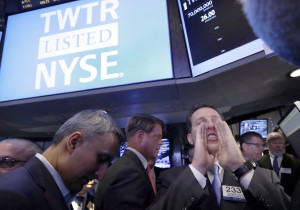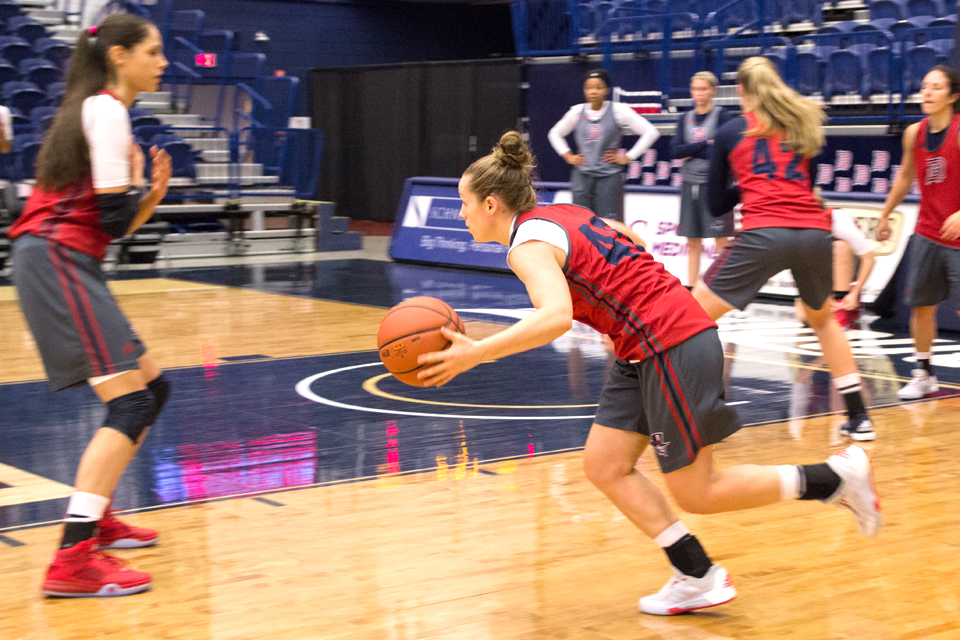
By Brandon Addeo | The Duquesne Duke
After weeks of hype, Twitter (TWTR) went public at the New York Stock Exchange last Thursday at the morning bell.
Twitter joins Facebook (FB) in the transition from private social media platform to publicized commodity on the stock ticker.
Twitter priced its original public offering at $26 per share, and valuations soared throughout the first day of trading. The stock peaked at $50.09 and ended at $44.90 at the closing bell.
Almost a week later, the market sustained the price as TWTR was valued at $42.60 per share at the closing bell Wednesday.
“[Twitter] has done incredibly well,” Thomas Nist, the Donahue Chair in Investment Management at Duquesne, said. “It has practically doubled in price since it went public.”
According to Nist, experts generally anticipated the stock to do well in the market, despite lingering anxieties from the initial flop of the Facebook stock in early 2012.
“I think there was a lot of optimism about the offering,” Nist said.
Originally, there was some skepticism about the success Twitter would have in the world of social media, Nist said.
“If you remember back to the first time you ever heard about Twitter…the way Twitter works really didn’t seem to fit as well as e-mail or Facebook,” Nist said. “I think Twitter had more time to establish itself as a serious player who was here to stay.”
While the price of Facebook’s stock initially collapsed, Twitter’s stock is looking much more promising.
“After three or four days of trading, it’s held that appreciation,” Nist said. “The market seems to be pretty clear that it’s worth that price.”
Assistant professor of finance Vashishta Bhaskar said the stock is still untested and capable of collapsing.
“The test comes after six months or so, when the hype dies down,” Bhaskar said. “Investors wait to see how management deploys the new capital, expansion plans and when the company will be profitable.”
Twitter announced in September that it would file for its initial public offering.
“We had a pretty difficult economic time in 2008 to 2010, so there was a mindset in the market of ‘Oh, don’t go public right now,’” Nist said.
John Mason, the director of entrepreneurial studies at Duquesne, talked about what a company has to go through to go public.
“It’s a process,” Mason said. “It takes well over a year often and…the cost is usually in excess of a million dollars.”
Bhaskar also explained why a company would decide to go public in the stock market.
“To monetize, [initial investors] have to sell the company to someone who will pay for the value created,” Bhaskar said. “Going public is essentially selling the company to additional investors…the process also allows the initial investors to sell and take some money home.”
Nist also speculated that the distance between the IPOs of Facebook and Twitter, coupled with a stronger economy, was the main contributor to Twitter’s initial success.
“Facebook’s been trading for a while, people who had or wanted to own Facebook [stock] have had plenty of time to buy it,” Nist said. “I think that’s why Twitter took a little bit longer to come out and be public, and it’s paid off for them.”



